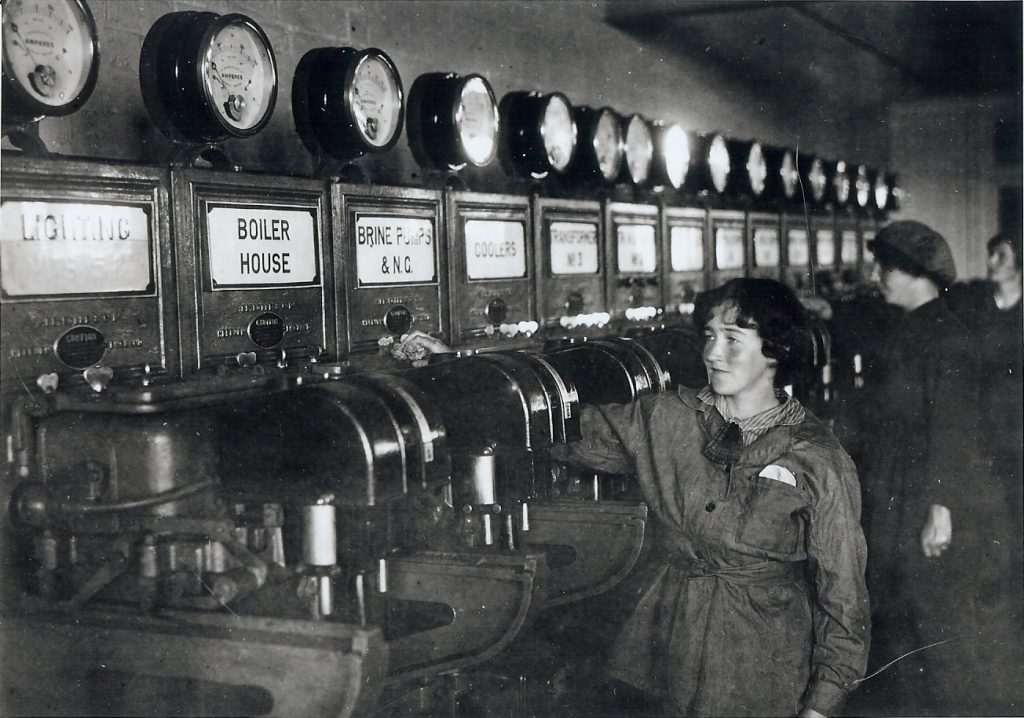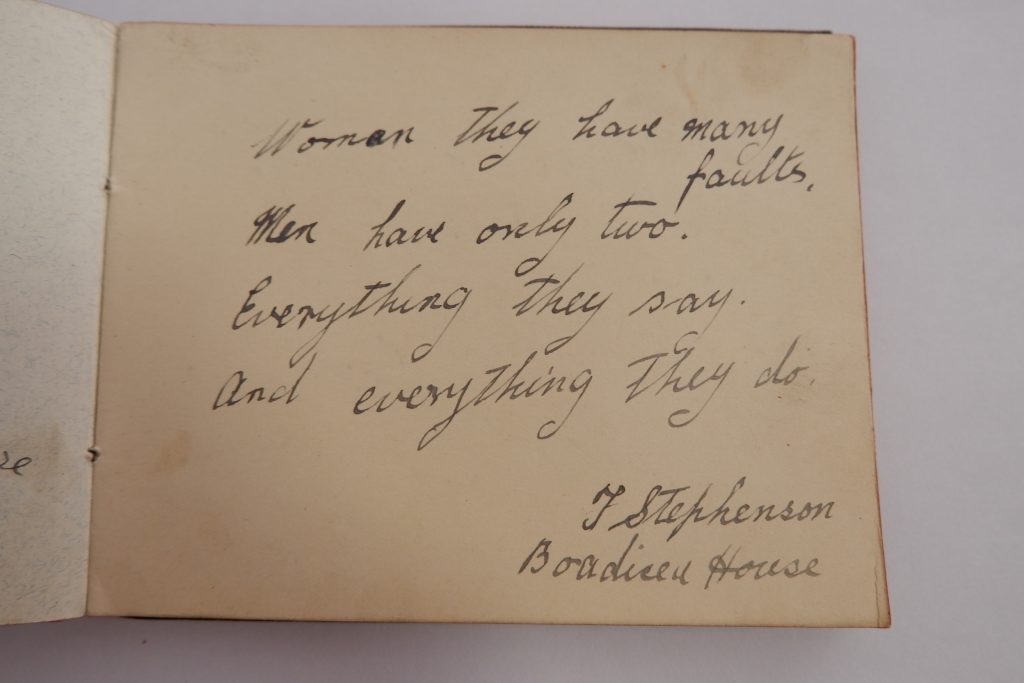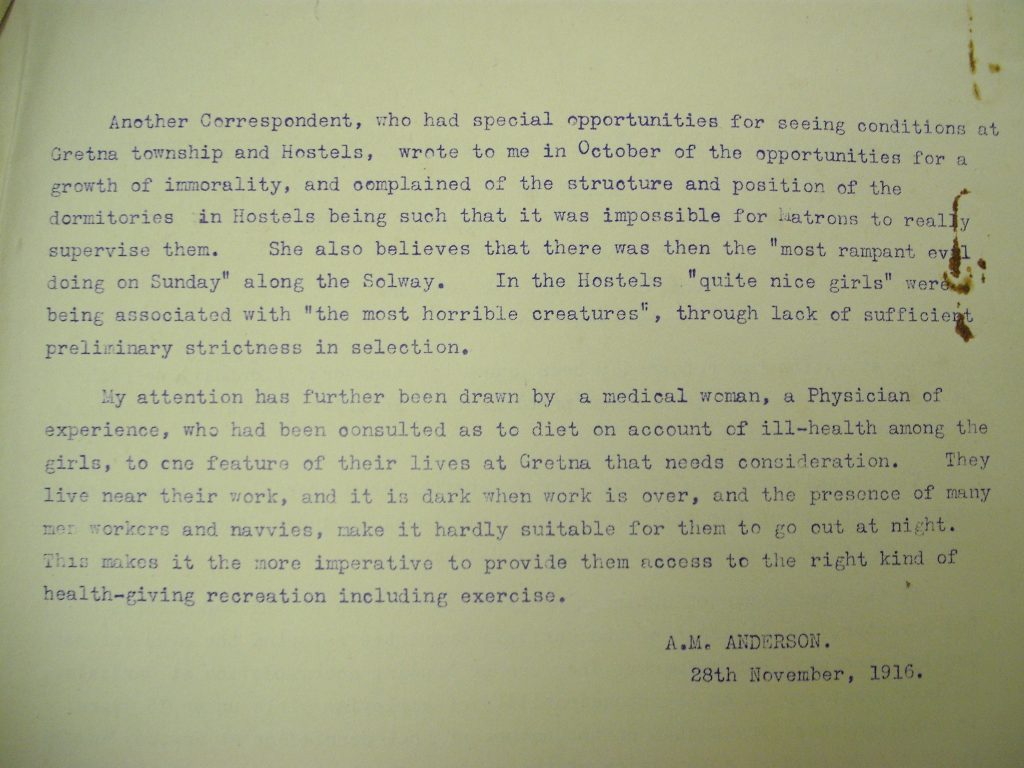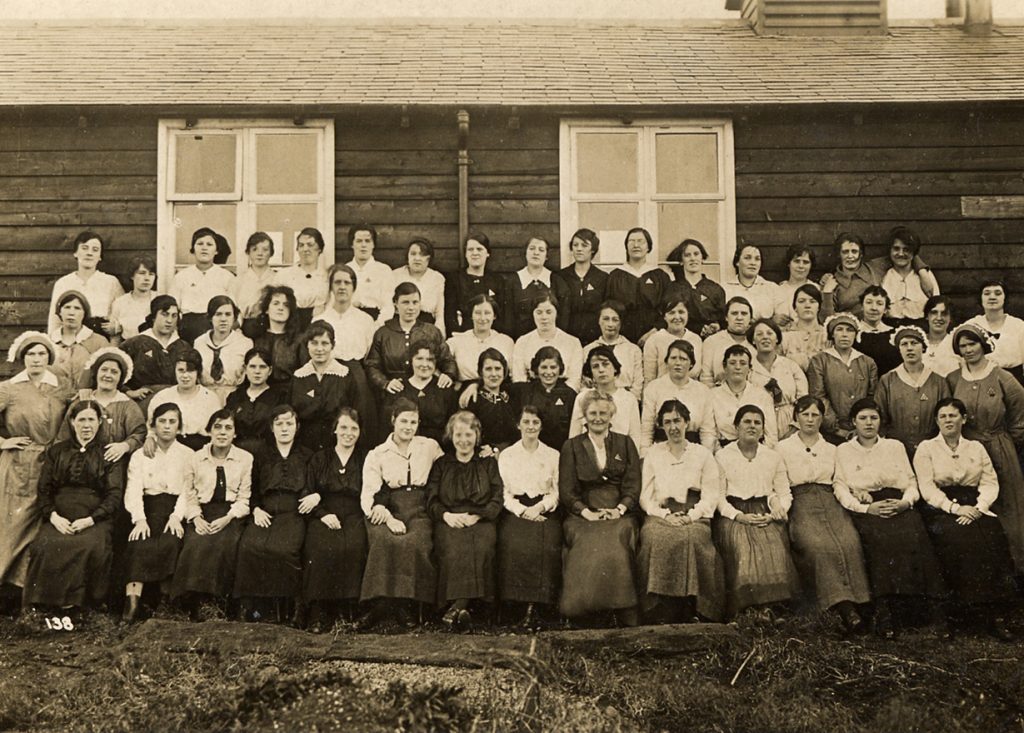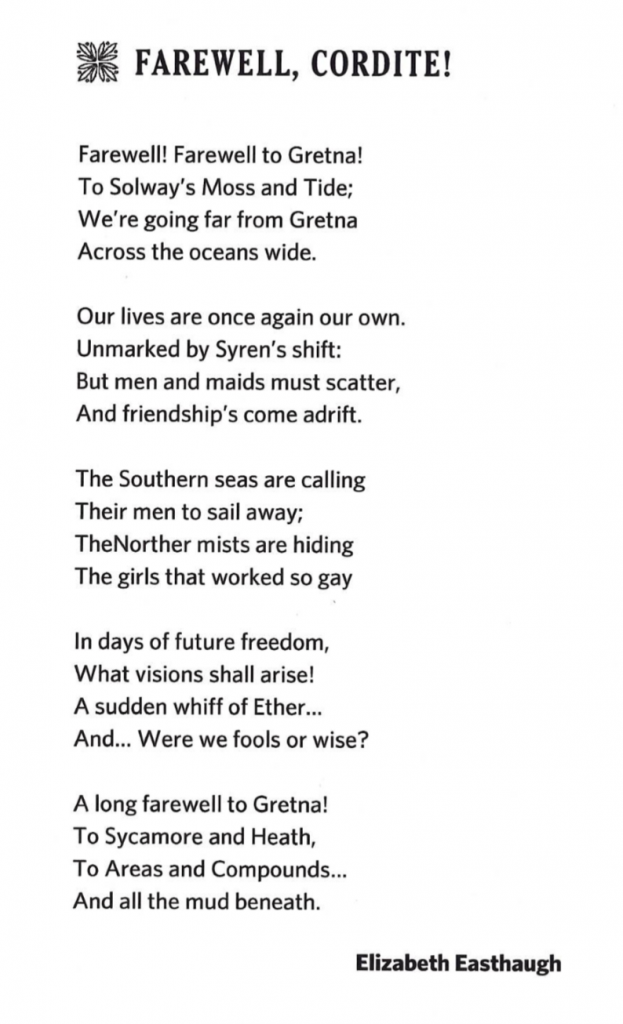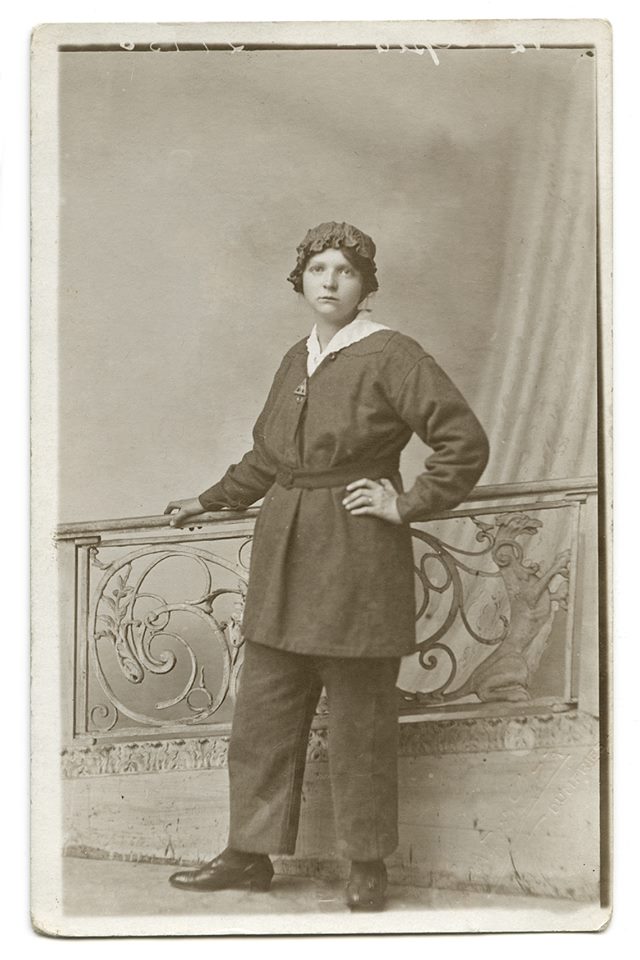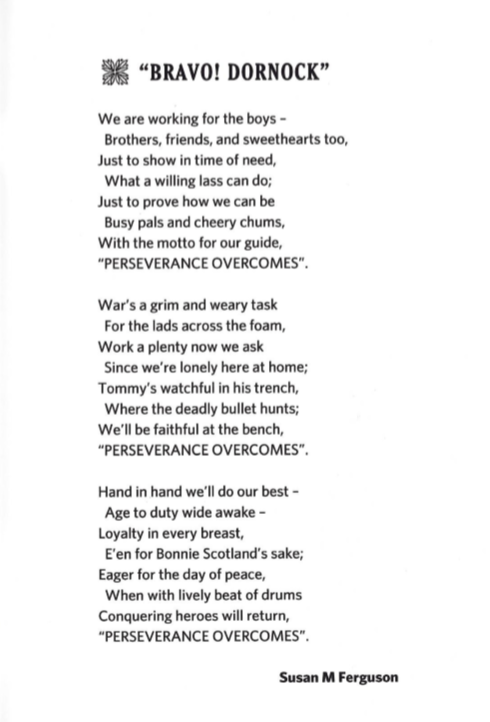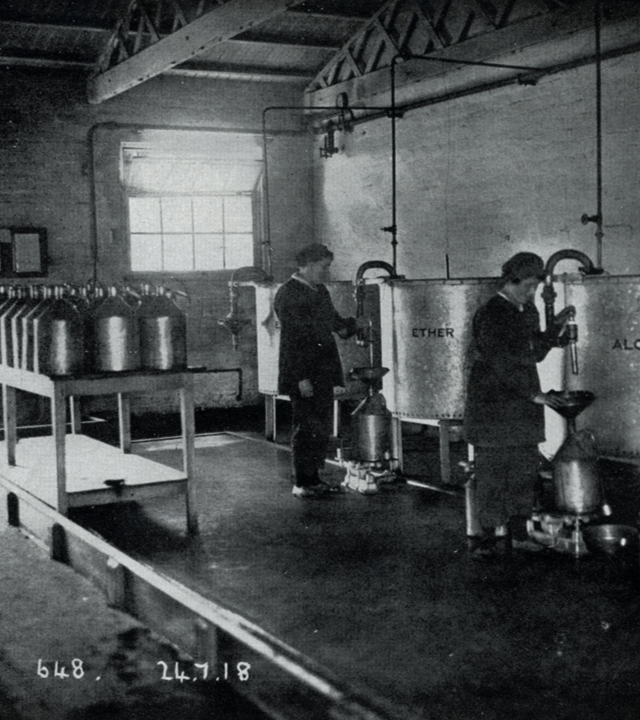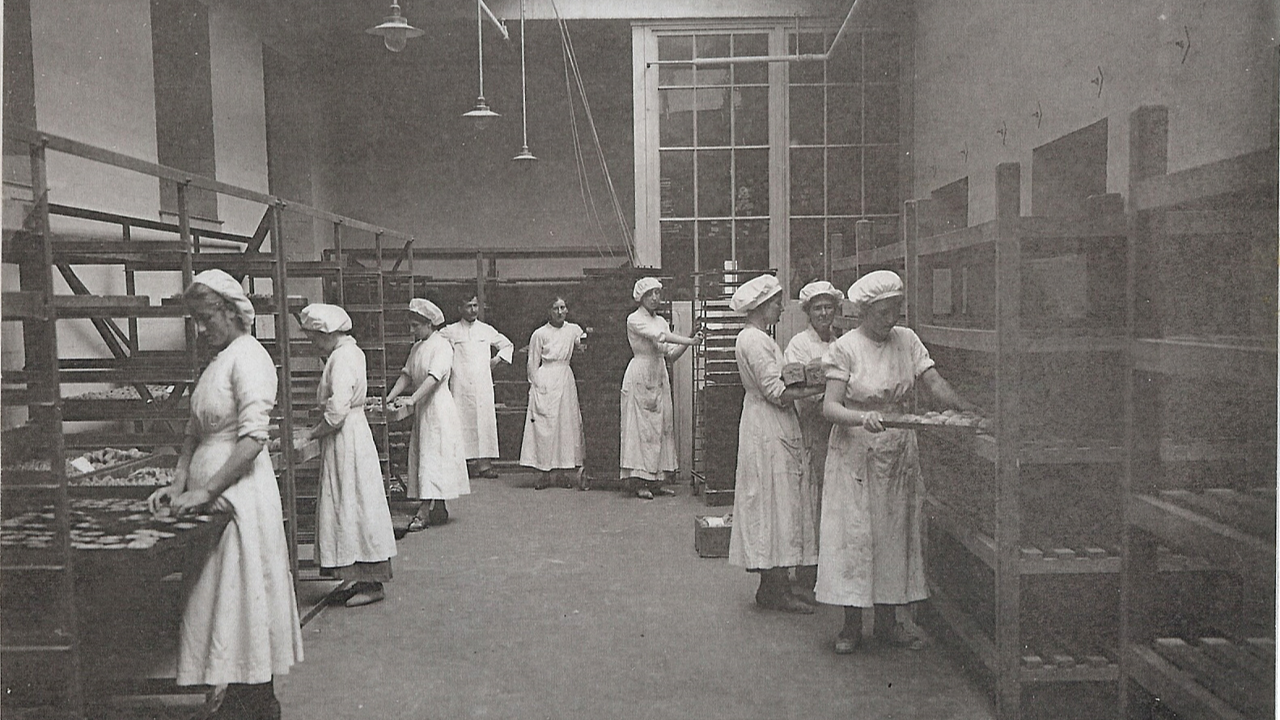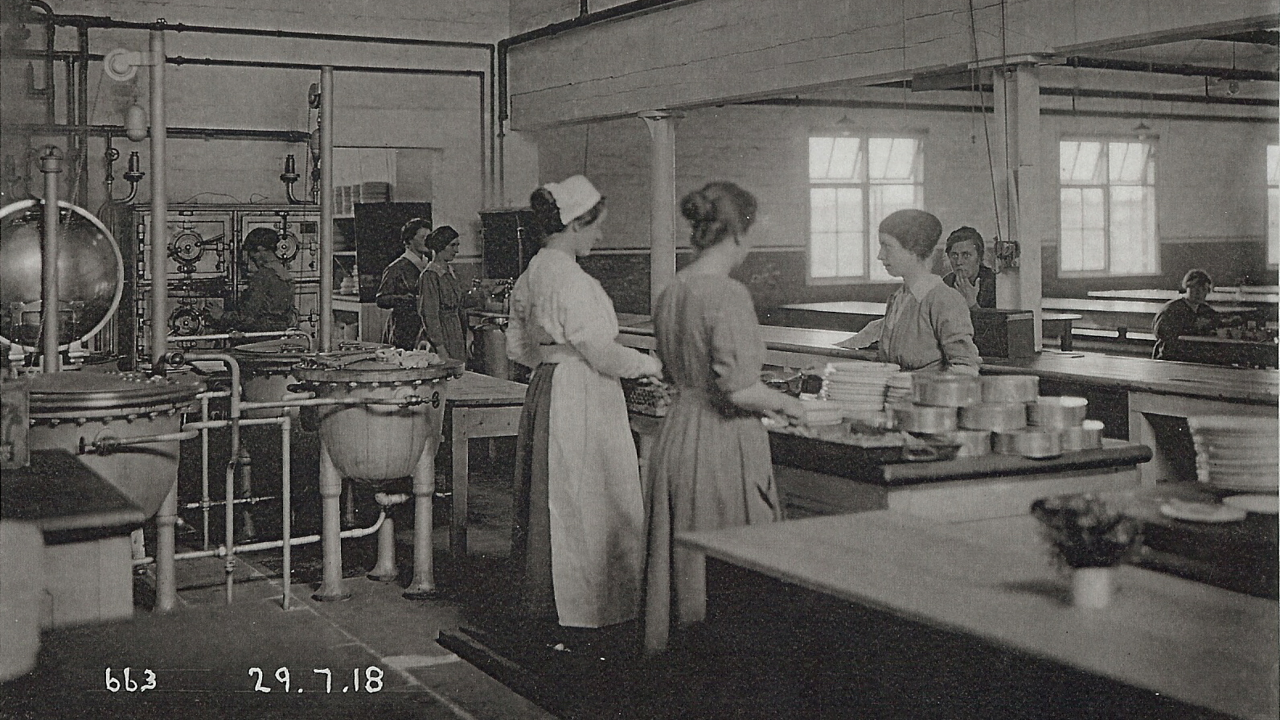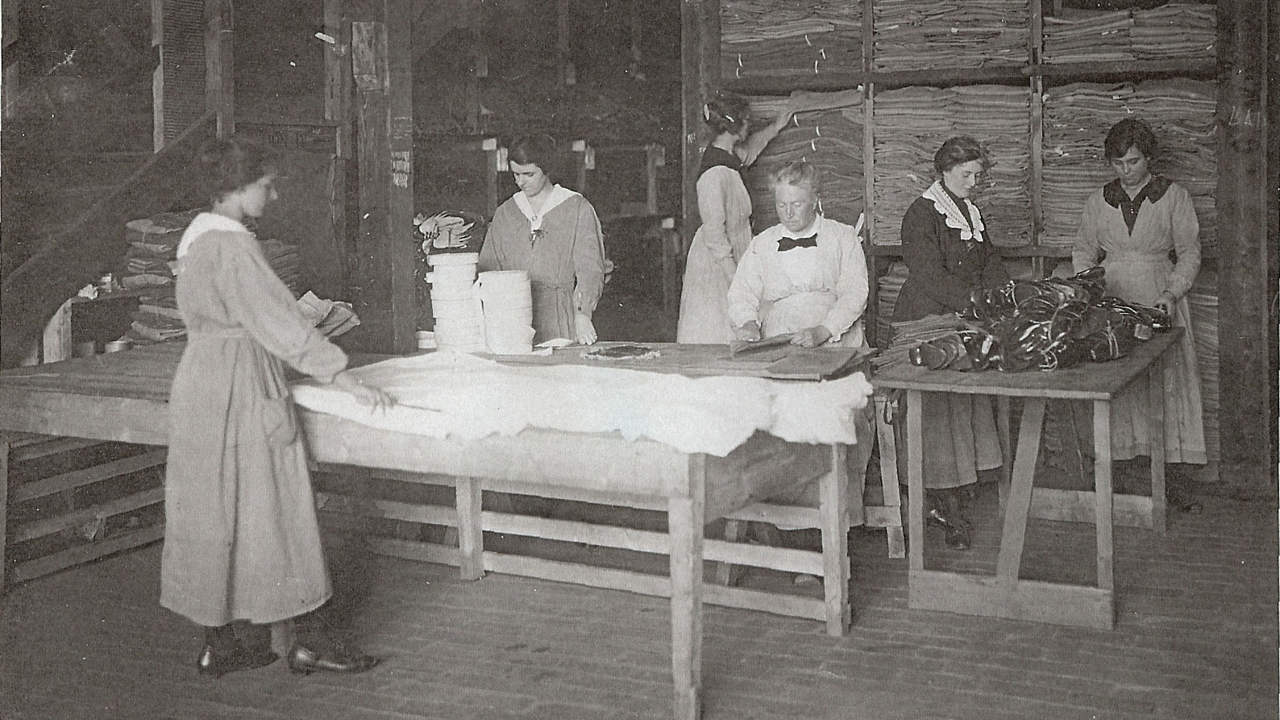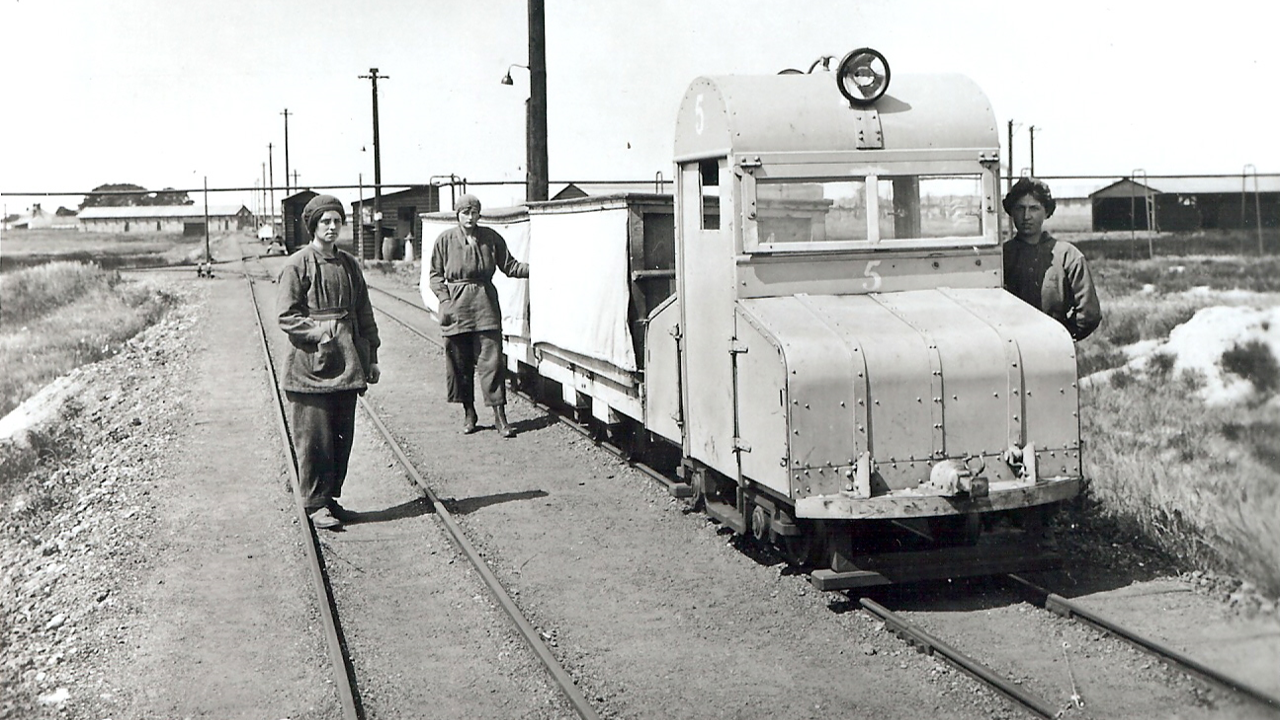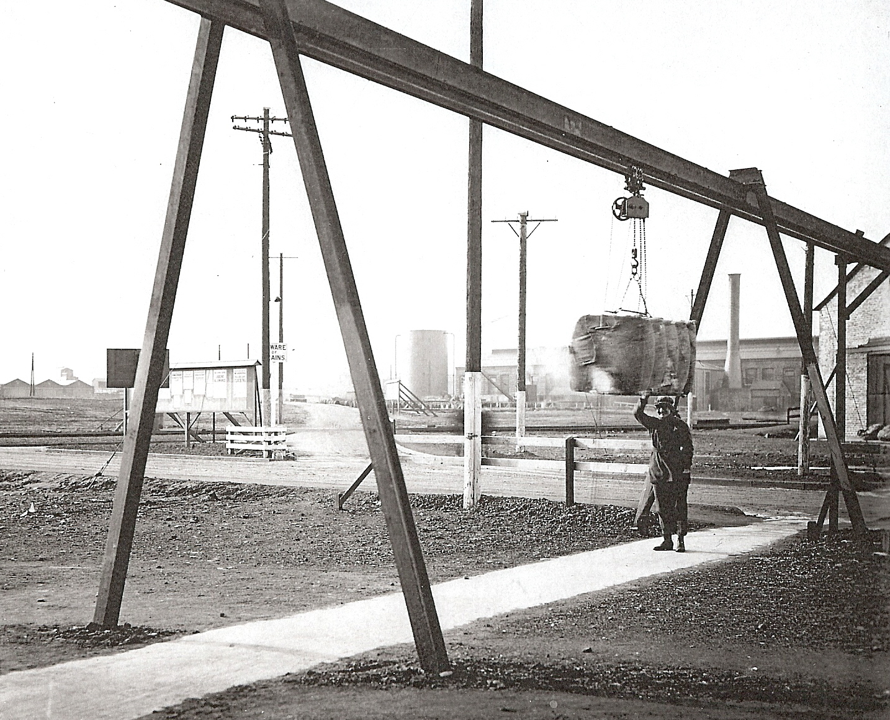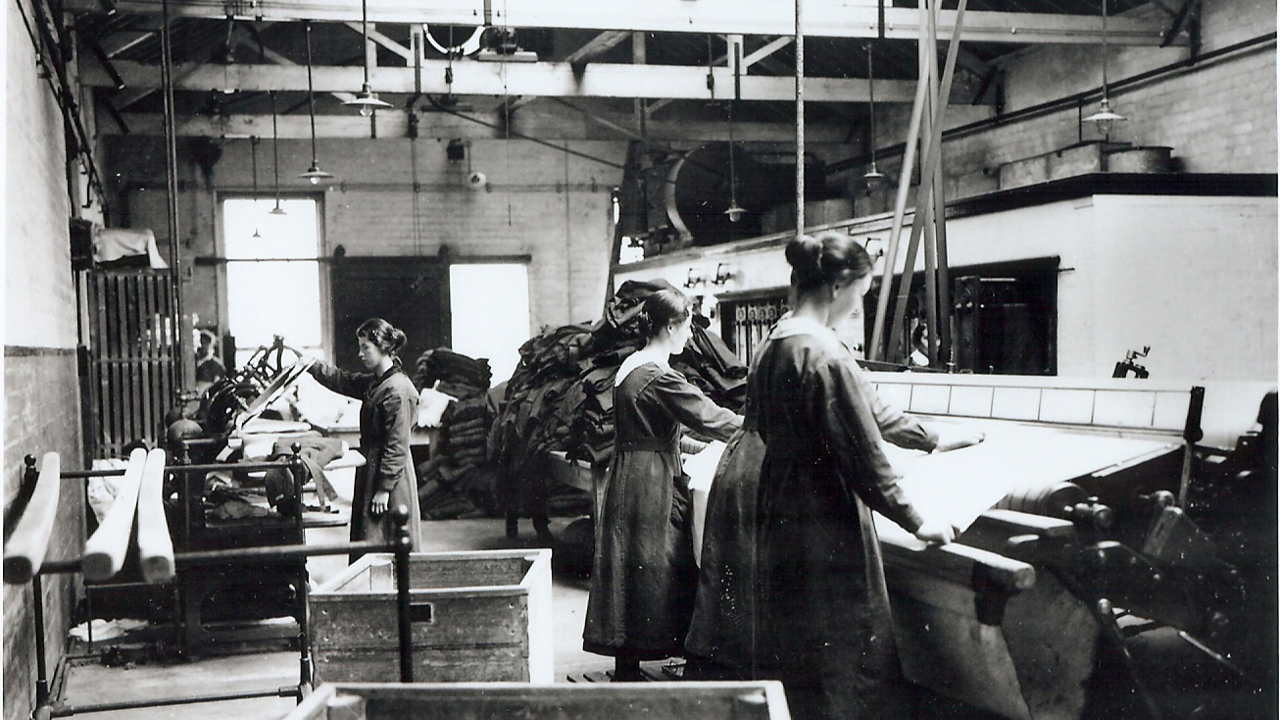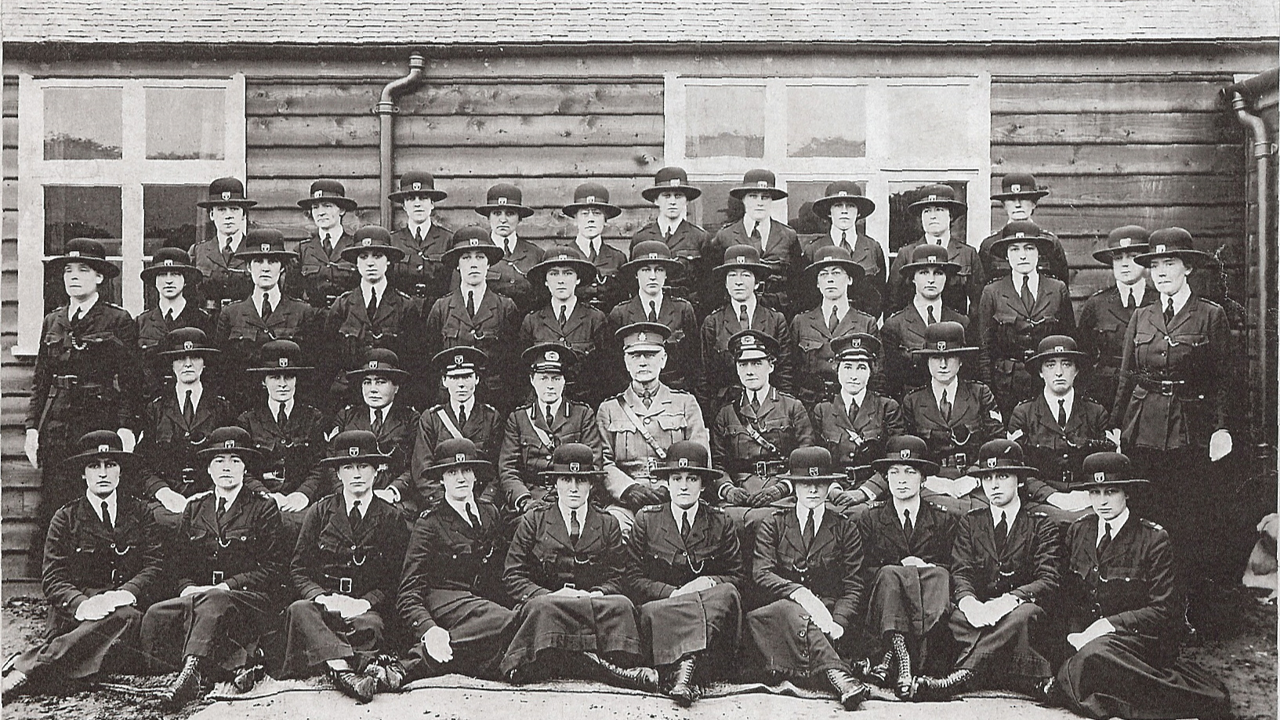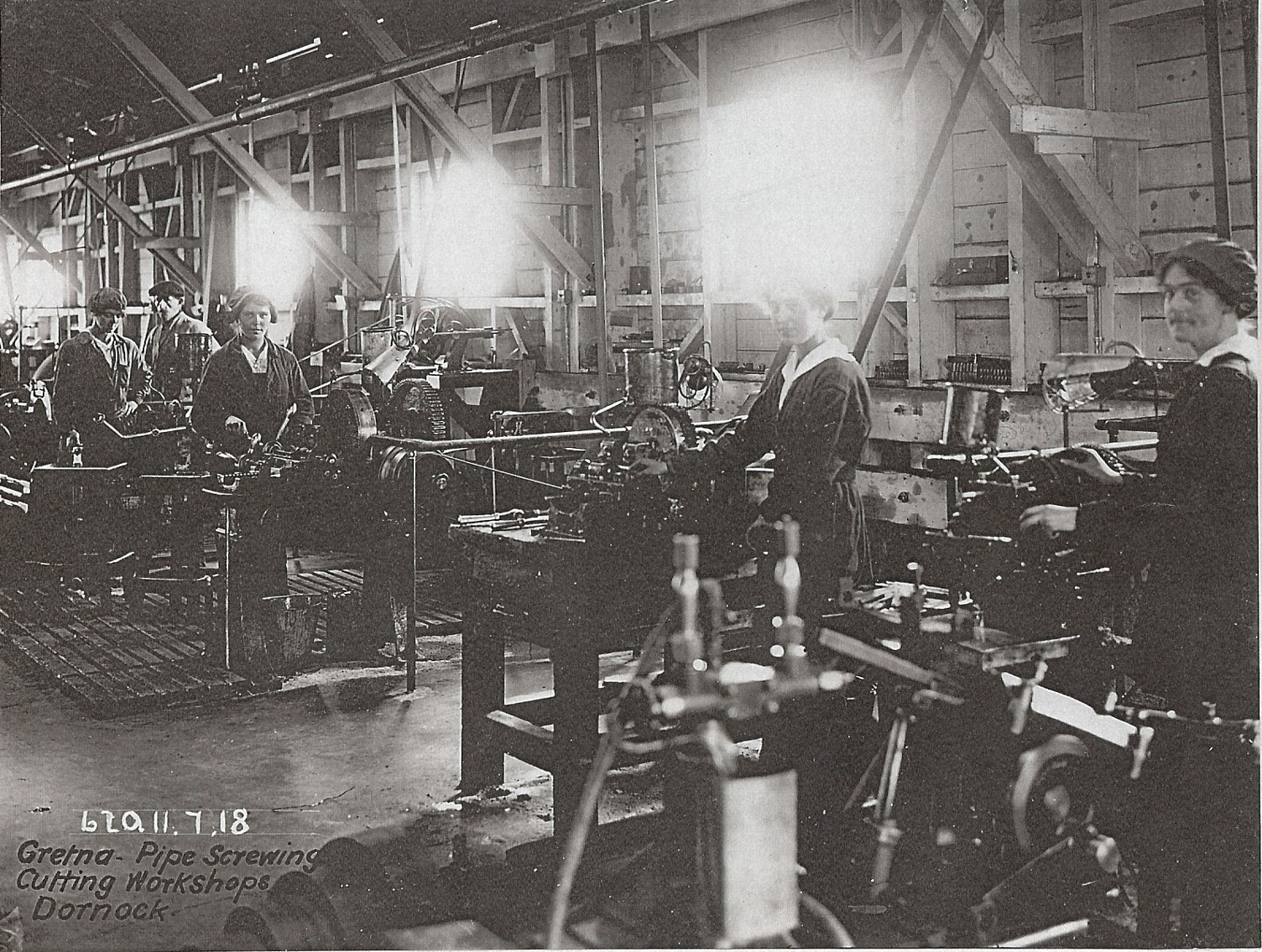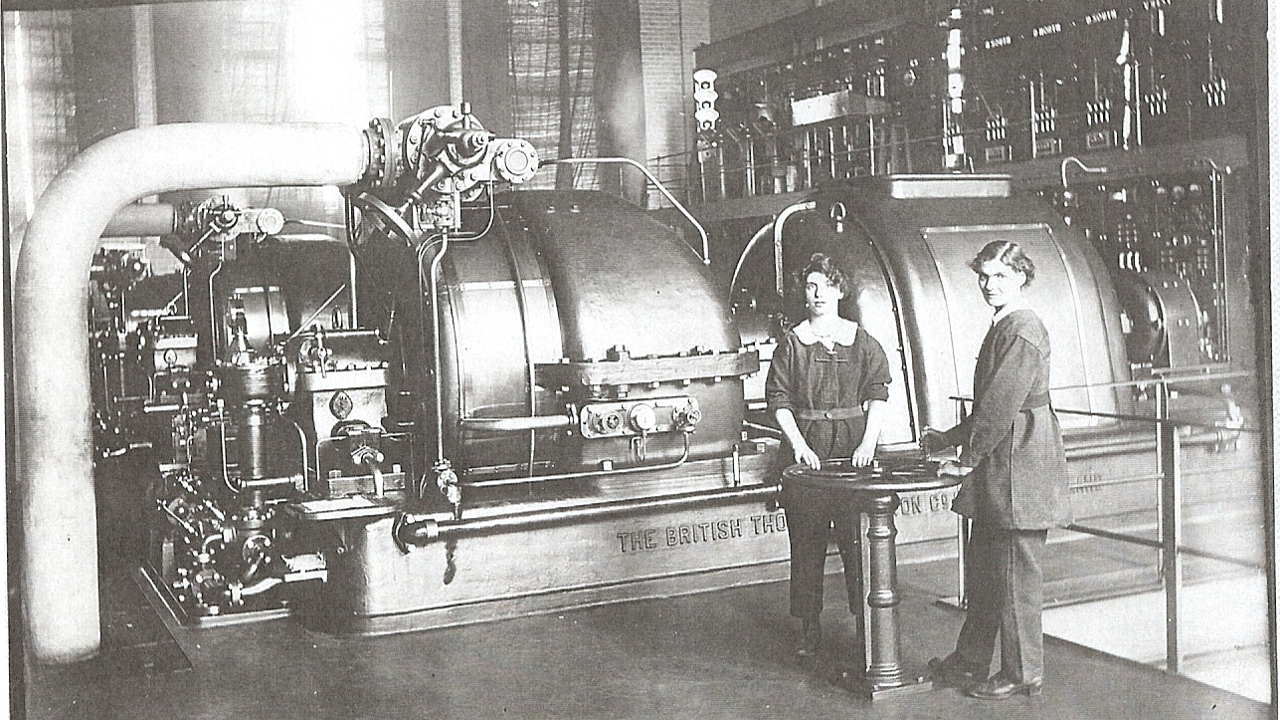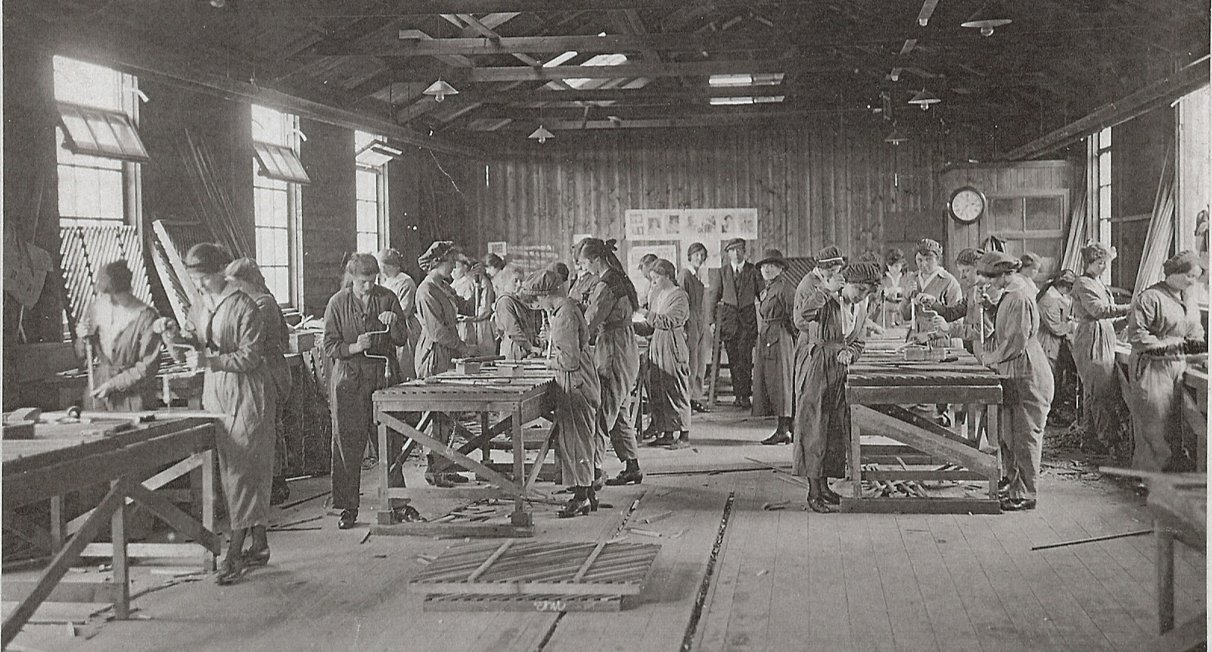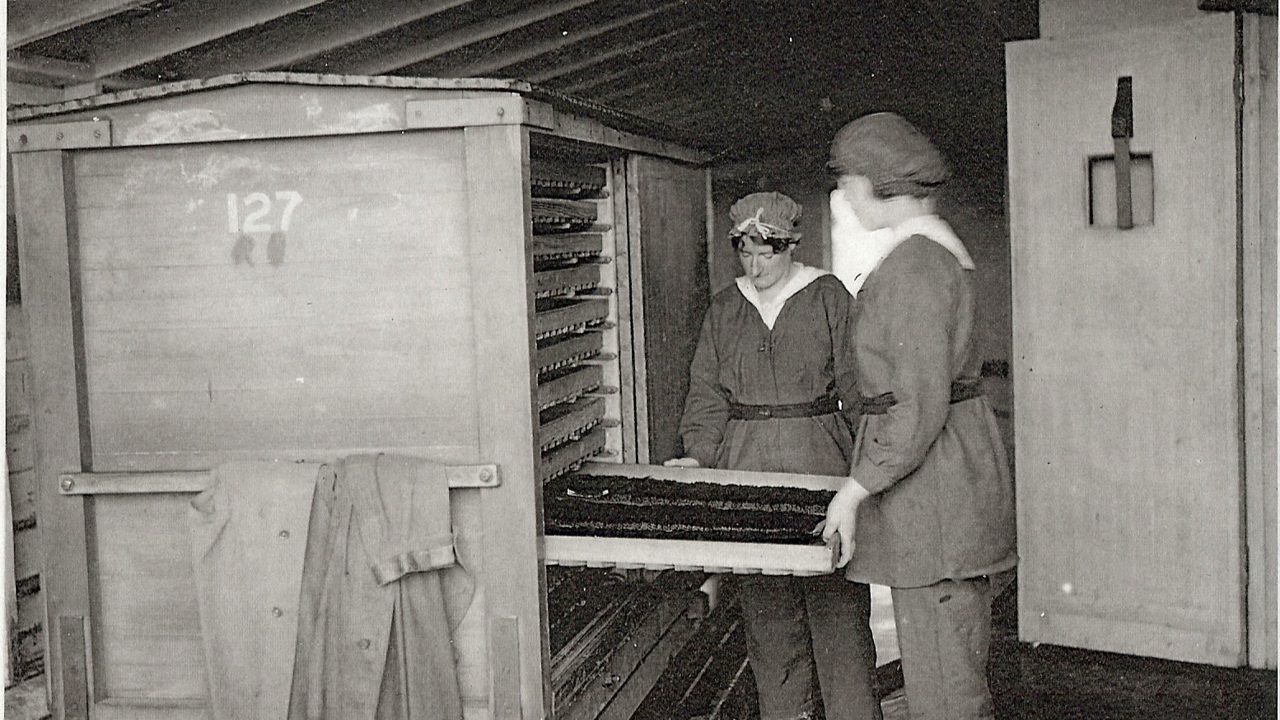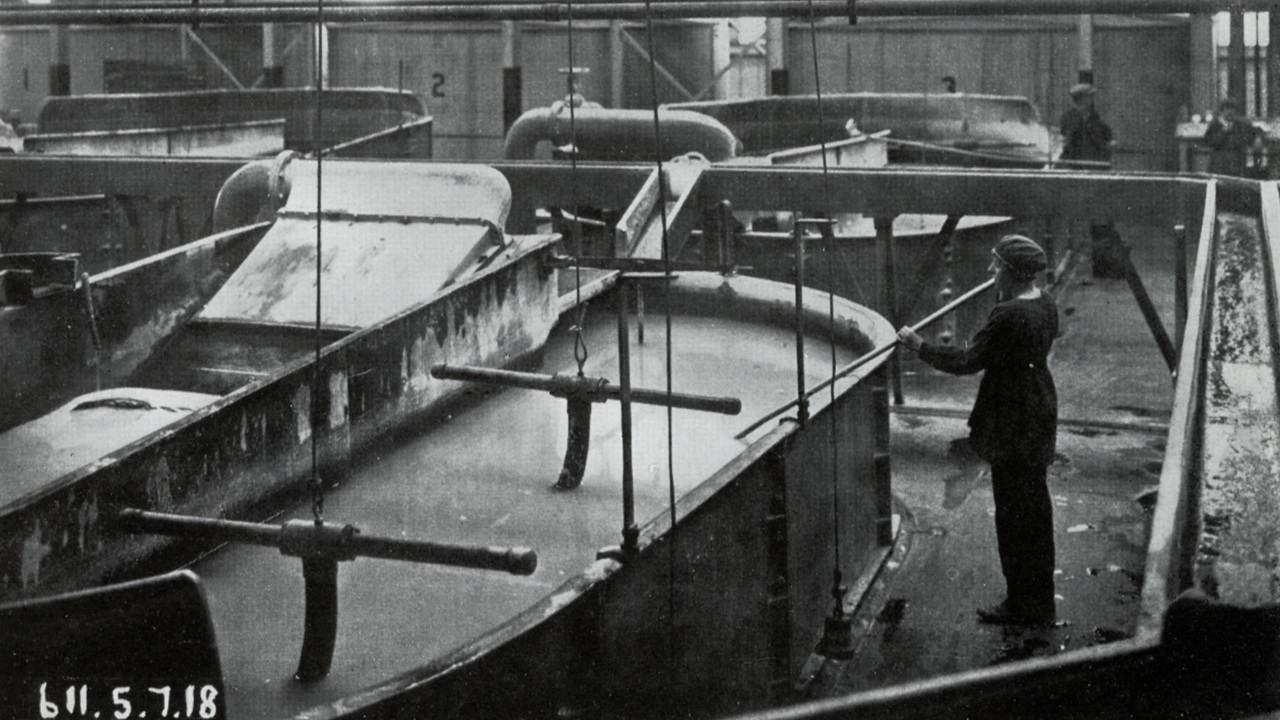
To celebrate Women’s History Month, we’re taking part in a month-long celebration of women using items from our collections alongside other heritage sites/organisations across Scotland! If you want to join in visit Go Industrial for more info. This week we’re sharing a photo that shows the girls and women of today engaging with the past through our collections!
Over the last year we’ve missed many things–none more so then welcoming children and young people to our museums. Luckily, using the power of the internet we’ve still managed to share interesting items from our collections, but we can’t wait till we can host school visits again! Here’s a throwback photo of school children who visited the museum after studying World War Two.

